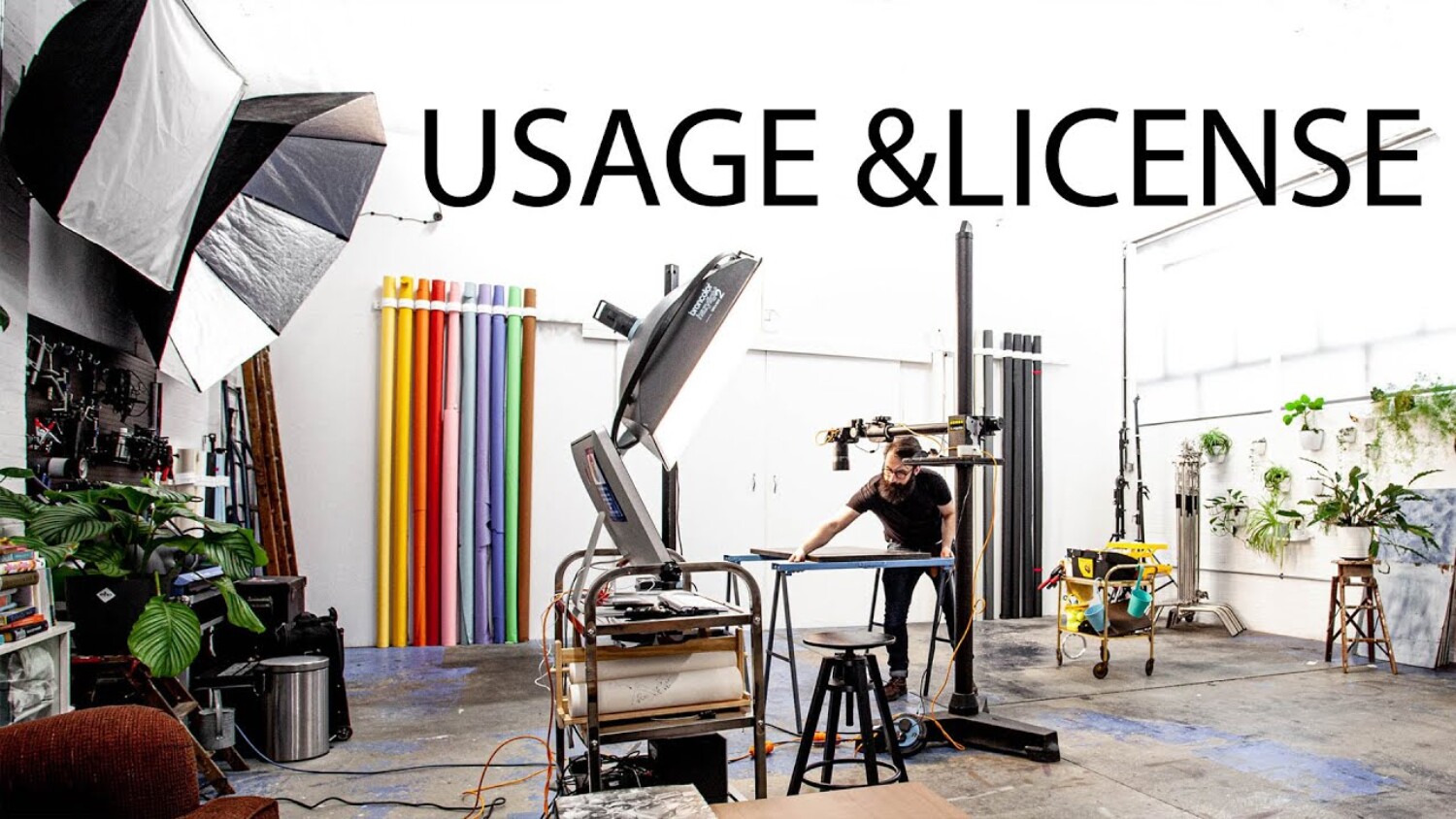When to Charge Separate Usage Fees
The topic of usage fees remains at the top of the list of questions I observe among architectural photographers. Many of us concur that a “standard” license for a commercial client would typically include rights for the client to use the images on their own website, social media, local advertising, and for other purposes of self-promotion (some refer to this as a “publicity and collateral” license). However, where exactly to draw the line varies dramatically across the industry. For example, some photographers charge additional usage fees for editorial publications (including national versus local/regional editorials), some offer a bulk “editorial buyout” where the client essentially pays up-front in order to have unlimited access to pitch the images of their project to any editorial publication, and still other photographers simply build editorial usage into their base license, considering this a form of publicity.
Commercial photographer Scott Choucino offers a valuable perspective on this topic; specifically, which clients for whom it is appropriate to itemize usage fees and why. As Scott points out, a local boutique or three-location restaurant chain will not have the same advertising reach as a national chain with dozens of locations. In our case as architectural photographers, while the local restaurant may expect any potential uses of the images to be included in the estimate we provide them, the national chain should and most likely would expect to see usage listed separately based on their needs. While it’s not clear to me from the video, I don’t believe this is meant to imply that smaller clients should receive anything other than a rights-managed license; however, notwithstanding potential third-party uses of the images, it’s important to consider the client’s actual likely scope of use. For many smaller clients, their needs will fall within a relatively consistent scope, whereas larger clients will require a much more customized license, which becomes all the more important due to the larger scale of usage (and therefore higher fees).
However, Scott cautions not to expect your current clients to suddenly be willing to pay separately for usage typical to their needs. As Chase Jarvis said, “Your $250 client will never be your $2,500 client, who will never be your $25,000 client.” Scott recommends continuing to work with those clients so long as the work and compensation appeal to you, realizing that as you develop relationships with larger clients, you will likely find yourself transitioning away from those less profitable relationships.
For me, the key takeaway from this video is that it’s important for us to meet their clients where they are. In other words, presenting a smaller, local client with a complex, heavily itemized estimate and license unnecessarily complicates things. Conversely, we are not doing ourselves any favors by over-simplifying an estimate provided to a larger client who may not even take it seriously when the expected line items are nowhere to be found.
